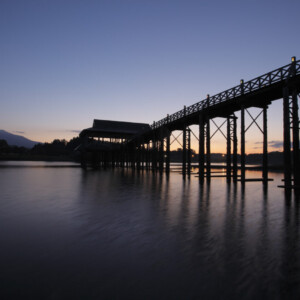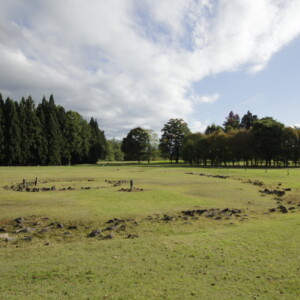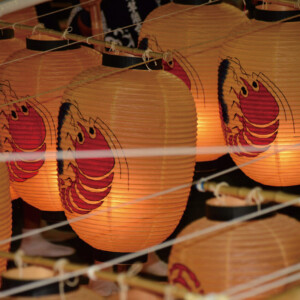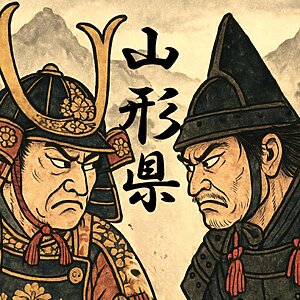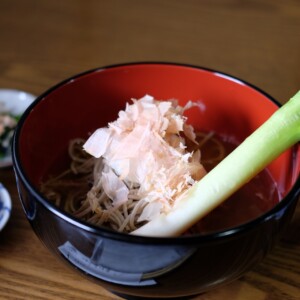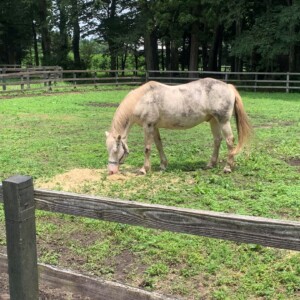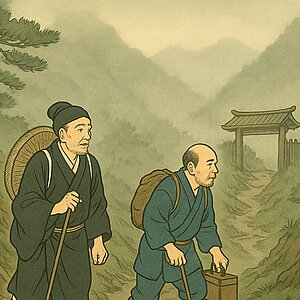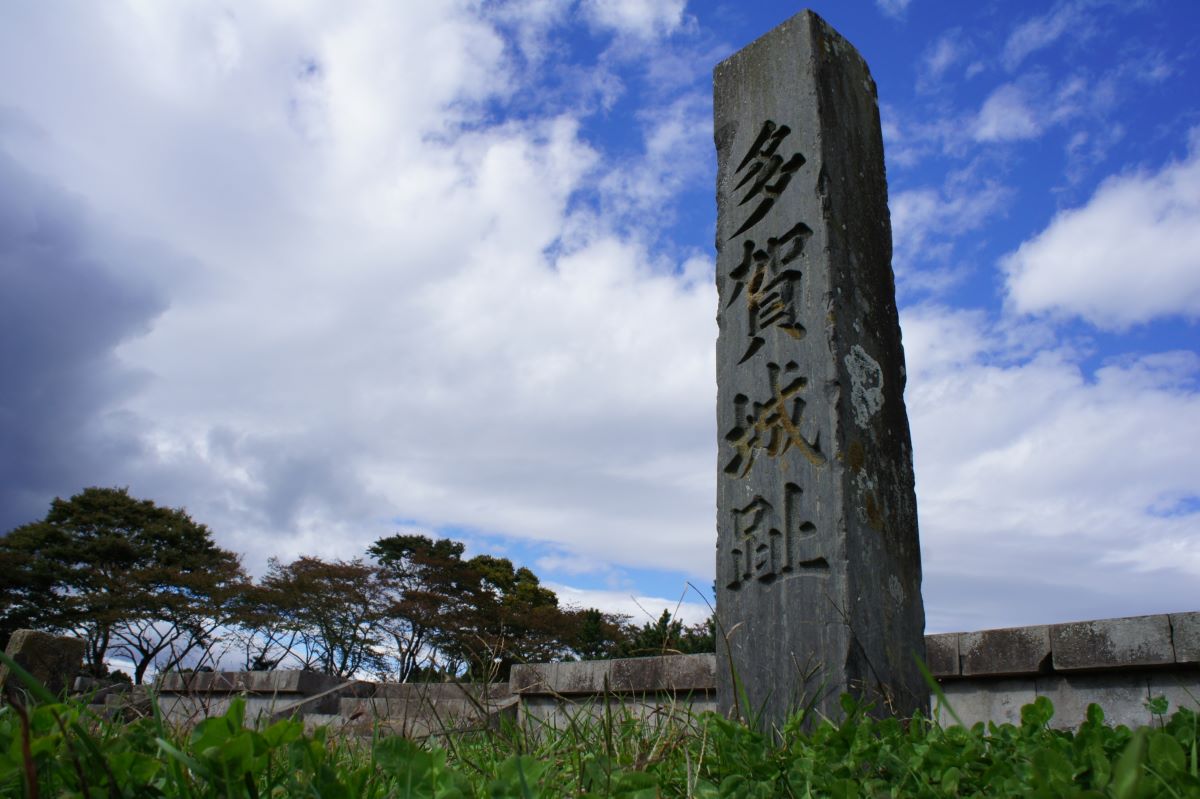
[Series ②: The role of the previous nine years and the role of the second three years] The role of the previous nine years is from the truce to the battle again, and the Kokufu army is struggling
table of contents
- 1 What are the roles of the previous nine years and the latter three years (Zenkunen no Eki and Gosannen no Eki)?
- 2 Breakdown of the armistice agreement caused by the “Akutogawa Incident”
- 3 What is the conspiracy behind the Akuri River Incident?
- 4 Minamoto no Yoriyoshi was reappointed Mutsu no kami and went on a campaign again.
- 5 summary
- 6 Serialization: The role of the first nine years, the role of the second three years
Yoriyoshi Abe, the chieftain of Okuroku-gun (Iwate Prefecture), defeated Fujiwara no Naritou, Mutsu no kami, who had raised an army to subjugate him. They were defeated in the battle of Onikiribe.
However, Fujiwara's appointment was dismissed due to the blame for the defeat, and Yoriyoshi Minamoto, a member of the Kawachi Genji clan with a high military reputation, was appointed as the new provincial governor.
Perhaps thinking that Abe Yoriyoshi was not suitable for him, he submitted to Yoriyoshi, and was so thorough that he changed his name to Yoritoki, shying away from the fact that his maiden name was the same as ``Yoriyoshi.'' Ta.
What are the roles of the previous nine years and the latter three years (Zenkunen no Eki and Gosannen no Eki)?
It was fought in Tohoku (Iwate Prefecture and Akita Prefecture) from 1051 (Eisho 6) to 1062 (Kohei 5) and from 1083 (Eiho 3) to 1087 (Kanji 1) at the end of the Heian period. There are two campaigns.
The War of the Nine Years was a campaign in which the Minamoto clan, dispatched by the imperial court, quelled the rebellion of the Abe clan, which was growing in power in Mutsu (Iwate Prefecture), with the help of the Kiyohara clan.
After that, an internal conflict arose in the Kiyohara clan, which had strengthened its control from Mutsu to Dewa (Akita prefecture), and the dispute over the family headship developed into a battle during the War of the Third Year, and the Minamoto clan was also here. is deeply involved.
These two campaigns led to the establishment of the Oshu Fujiwara clan in Hiraizumi, Iwate Prefecture, and the bond between the Minamoto clan and the samurai of eastern Japan deepened, leading to the establishment of the Kamakura shogunate under Minamoto no Yoritomo.
Breakdown of the armistice agreement caused by the “Akutogawa Incident”

After 1562, when Yoritoki showed his obedience to Yoriyoshi, Yoritoki continued to maintain this attitude and Ou remained peaceful.
However, towards the end of Yoriyoshi's term of office, an incident occurred that broke the truce that had lasted nine years.
As Yoriyoshi was returning from Isawa Castle (Oshu City, Iwate Prefecture) to Taga Castle (Tagajo City, Miyagi Prefecture), the capital of Japan, an emissary came to Yoriyoshi, who was camping on the banks of the Akuri River. Masu.
What did the emissary tell Yoriyoshi?
The story was that the camp of Fujiwara Mitsusada and Motosada, Yoriyoshi's subordinates, had been attacked during the night, and the men and horses had been damaged, so Yoriyoshi called Mitsusada and asked him what he thought. .
Then Mitsusada but he refused, saying, `` I won't give my sister to a disgusting prisoner.'' It was alleged that it was an attack.
By the way, the term ``convict'' refers to the Emishi who came to obey the imperial court.
For some reason, Yoriyoshi demands that Yoritoki hand over Sadato without confirming the facts.
However, Yoritoki refused, closed the fence at Koromogawa (Oshu City, Iwate Prefecture), and raised an army against Yoriyoshi, who had been loyal until then, and the war of the previous nine years began again. did.
Yoriyoshi's defection that reduced his fighting strength
Taira no Nagahira and Fujiwara no Tsunekiyo, who were also Yoritoki's son-in-law, participated in the Kokufu army.
Taira Nagae was fond of wearing a sparkling silver helmet, but someone told Yoriyoshi about it saying that it was ``to communicate with the enemy and let them know his position.'' kill.
Nagae had a criminal record for betraying Fujiwara Noboru, the previous governor of Mutsu, and joining the Abe army, so it was probably judged that there was a high possibility that he would join the Abe army again.
Then, Fujiwara Tsunekiyo, who had also married Yoritoki's daughter, thought that he would suffer the same fate, so he spread false information that Tagajo was being targeted by Yoriyoshi, and while Yoriyoshi was heading there, he was attacked by Abe's army. I end up tossing and turning.
As a result, Yoriyoshi lost powerful subordinates who were knowledgeable about the area, and the military strength of the Kokufu army also declined.
Tsunekiyo Fujiwara, the founder of the Oshu Fujiwara clan
Fujiwara Tsunekiyo was a military commander on the Abe clan's side during the Battle of Onikiribe, but when Yoritoki returned to Japan, he was subordinated to Yoriyoshi. However, after the Akuri River Incident, he again sided with the Abe clan and fought against the Kokufu army led by Yoriyoshi. This may be the cause.
Tsunekiyo, a descendant of Fujiwara no Hidesato, who once defeated Taira no Masakado, and the founder of the later Oshu Fujiwara clan, lived in his territory of Watari (Watari District, Miyagi Prefecture). He was accumulating financial resources.
The 1993 NHK Taiga drama ``Homuratatsu'' depicts Fujiwara Tsunekiyo, and is based on Katsuhiko Takahashi's masterpiece novel of the same name.
What is the conspiracy behind the Akuri River Incident?
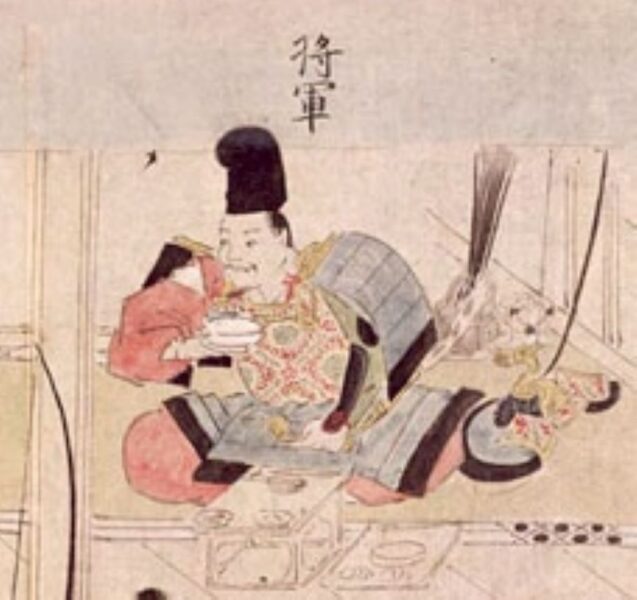
Ever since Yoriyoshi was appointed as Mutsu no kami, Yoritoki never changed his attitude of obedience, and there are records that say that he was entertaining Yoriyoshi just before the incident occurred.
It is said that there was no reason for Yoritoki to be hostile to Yoriyoshi, who would soon return to the capital, and there is a theory that this incident was the result of a conspiracy.
Conspiracy theory by Yoriyoshi Minamoto
After taking up his post, Yoriyoshi probably traveled around the Tohoku region, including Mutsu and Dewa, and experienced the richness of the region.
I realized that many gold veins were discovered in various parts of Mutsu at that time, that it was a production area for good horses that were indispensable for the military, that there were many wide and fertile plains, and that large amounts of tax revenue could be expected from the harvest of grain. I'm sure you did.
Even if he returned to the capital without being able to defeat Yoritoki, he might only receive a small reward and honor, but the wealth that Yoriyoshi would gain by controlling this land was immeasurable.
At that time, the Taira clan (Heike) was rising in the central region and was expanding its power to the western provinces, and it is said that the Minamoto clan needed the wealth of the eastern provinces to counter it.
It would be no surprise if Yoriyoshi, the leader of the Kawachi-Genji clan, fabricated a night attack near the end of his term, provoked Yoritoki, started a war, and tried to overthrow the Abe clan and take over the territory for himself.
Akuri River Battlefield Site <Information>
- Historic site name: Akuri River Battlefield Site
- Location: Shiba Hime Yaguri, Kurihara City, Miyagi Prefecture
Google Map
Minamoto no Yoriyoshi was reappointed Mutsu no kami and went on a campaign again.
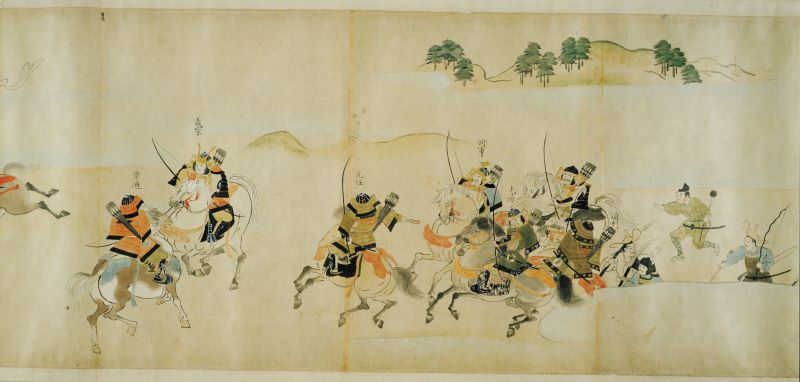
Fujiwara no Yoshitsuna, a court noble who was scheduled to succeed Yoriyoshi as Mutsu no kami, refused for fear of going to war, so Yoriyoshi was reappointed.
Yoritoki closed the Koromogawa Stockade (Iwate Prefecture), and war broke out once again between the Kokufu army and the Abe army in Mutsu, with both sides lacking a decisive move, and a back-and-forth battle unfolded.
summary
According to Mutsu Senki tells the story of the war , who rejected Sadato's offer , said, ``Everything in the world of human morals is for the sake of wife and child, and even if Sadato is foolish, he must not abandon the love between father and son.'' '' he is said to have told his family.
However, there is a theory that this was a fiction to justify the Minamoto clan's pursuit of the Abe clan, and it is even said that the Akuri River Incident itself did not exist.
Yoriyoshi, who was once again faced with the strong Abe army, devised a plan to break the stalemate of the war (Continued with the previous nine-year war and the second three-year war ③).









![[Series 1: The role of the previous nine years and the role of the later three years] Why did the Ou War at the end of the Heian period take place? Shiba Castle Ancient Park](https://jp.neft.asia/wp-content/uploads/2023/11/6e4e9113cd864c9d5892db200df1ec1c-150x150.jpg)
![[Series ④: The role of the previous nine years and the role of the second three years] Mr. Kiyohara's participation in the war completely changed the flow of the role of the previous nine years 1000310_m](https://jp.neft.asia/wp-content/uploads/2023/11/1000310_m-150x150.jpg)
![[Series ③: The role of the previous nine years and the role of the second three years] Abe's army, which boasts unparalleled strength, is forced into a predicament by Minamoto no Yoriyoshi Minamoto Yoshiie](https://jp.neft.asia/wp-content/uploads/2023/11/134a54642694b5a7a2440647a33b73be-150x150.jpg)
![[Series ⑥: The role of the first nine years and the role of the second three years] From the internal conflict in the Kiyohara clan to the battle for the family succession, the role of the third year after it was considered a private war Three years later 1](https://jp.neft.asia/wp-content/uploads/2023/12/c0edc0a05afd06375d9f91bd4b7c9472-150x150.jpg)
![[Series ⑤: The role of the previous nine years and the role of the second three years] 20 years after the role of the previous nine years, signs of war once again spreading to Ou Minamoto Yoshiie 2](https://jp.neft.asia/wp-content/uploads/2023/11/43170603cd506225e1e986eec406b569-150x150.jpg)
![[Series ⑦: The first nine years of roles and the second three years of roles] The bond between the Genji and Togoku warriors, and the beginning of 100 years of prosperity of the Oshu Fujiwara clan Mokoshiji Garden Oizumi Pond in Winter](https://jp.neft.asia/wp-content/uploads/2023/12/75325853c50b8afdb1ab8cca28718b3a-150x150.jpg)
![Hiyama Ando clan, ruled Akita during the Sengoku period and based in Noshiro [Akita Prefecture] Akita Fan](https://jp.neft.asia/wp-content/uploads/2025/03/0275d341934f847be3452ea4662d9a4e-150x150.jpg)
![The battle for bone flesh unfolded in Yokote Basin: "Three Years of Second Year Battle" [Akita Prefecture] 0fb6939d60ada03f05f13ef893cd6663](https://jp.neft.asia/wp-content/uploads/2023/07/0fb6939d60ada03f05f13ef893cd6663-150x150.jpg)
